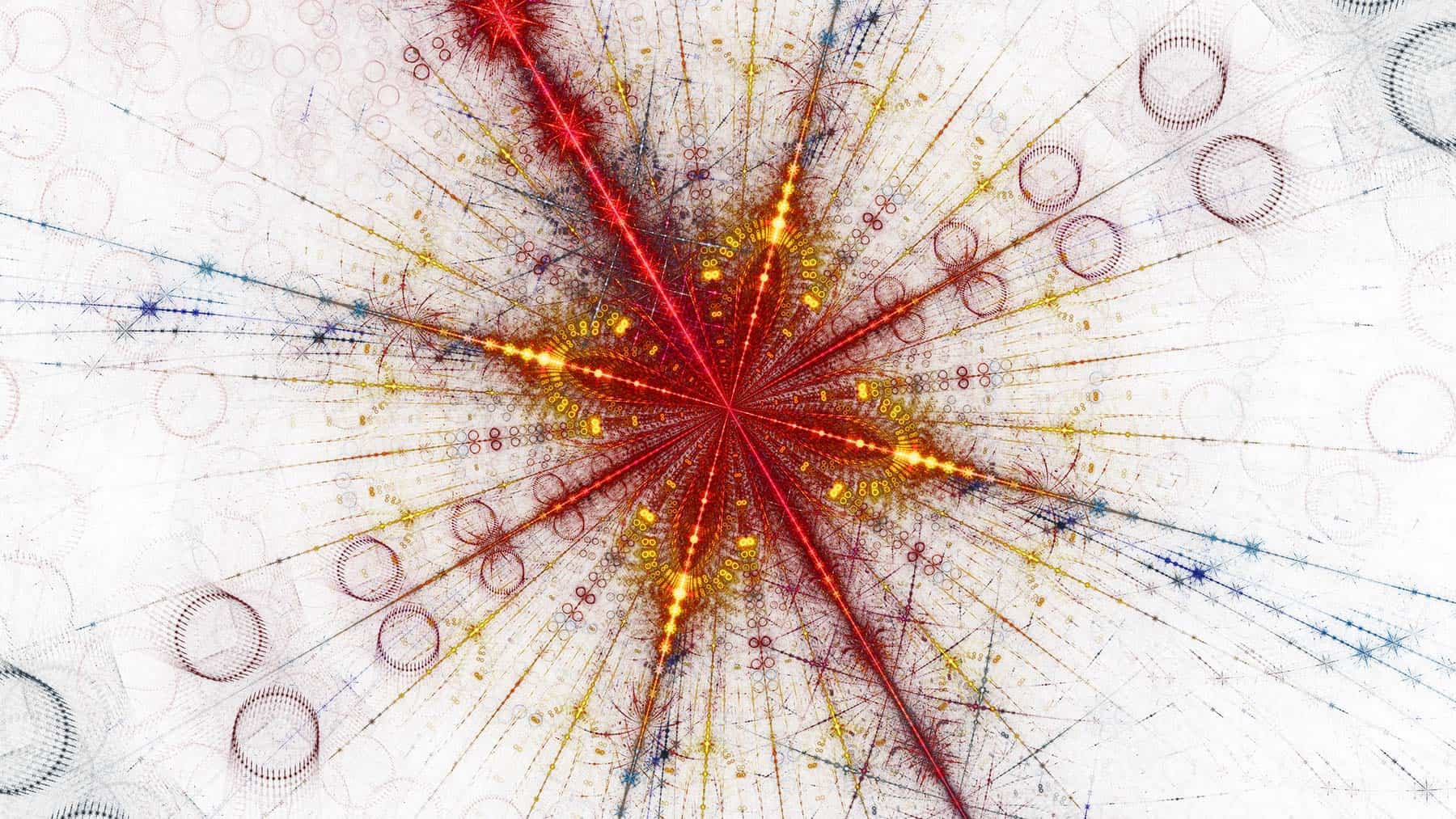NASA is all set to launch the Space Launch System (SLS), its most powerful rocket ever, for its Artemis I lunar mission. Decades after the space agency completed its Apollo missions, NASA is preparing to send astronauts back to the surface of the Moon. The super heavy-lift launch vehicle will carry the Orion spacecraft and is scheduled to blast off from the Kennedy Space Center in Florida later today.
According to the US space agency, Artemis I is the first in a series of complex missions that will pave way for human exploration to the Moon and Mars. The SLS spacecraft is NASA’s latest vertical launch system, and is part of the agency’s initial tests ahead of its plans to return humans to the Moon’s surface.
Ahead of the launch of Artemis I, here is all you need to know about the historic mission.
- The primary objective of the Artemis I Lunar mission is to test systems of the Orion capsule in a spaceflight environment and ensure its safe re-entry back to Earth, descent, splashdown, and recovery. The splashdown is scheduled for October 10, 2022.
- The Artemis I mission, an uncrewed flight, will provide crucial data before NASA launches the first flight with a crew to the Moon in Artemis II. As per NASA, Artemis I will “provide a foundation for human deep space exploration.”
- NASA’s SLS rocket is the world’s most powerful rocket and the only launch vehicle that is capable of carrying the Orion spacecraft, astronauts, and cargo directly to the Mon in a single mission.
- The Orion crew capsule, with the help of the SLS rocket, will reach the speed of 24,500 miles per hour which is required to get to the Moon. The spacecraft will travel 2,80,000 miles from Earth in the mission having a duration of over 42 days.
- The Orion will fly farther than any other spacecraft ever built and will stay in space longer than any spacecraft for astronauts without docking to any space station.
- The Orion module will separate from the rocket’s upper stage after which it will head to the Moon. It will fly roughly 100 km above the Lunar surface before travelling around 64,200 km beyond the Moon and then back to Earth.
- Besides Orion, the SLS rocket will also carry 10 small satellites to the Moon that will carry out science and technology investigations.
- To test the impact of a flight to the Moon on astronauts, a mannequin named Commander Moonikin Campos will be boarding the Orion capsule, occupying the commander’s seat. It will be equipped with sensors and will wear the Orion Crew Survival System suit to record data that will help verify crew safety in future crewed missions.
- Two other mannequins, Helga and Zohar, will also be boarding the Lunar flight. They have torsos made up of a material similar to soft tissue, organs, and bones of a woman. They are fitted with 5,600 sensors and 34 radiation detectors and will record the radiation exposure during the flight.
- A reconfigured version of Amazon voice assistant Alexa will be sent with the mission to test the performance of such devices in space. Besides this, a toy called Snoopy will be used as a zero-gravity indicator inside Orion.
For the latest tech news and reviews, follow Gadgets 360 on Twitter, Facebook, and Google News. For the latest videos on gadgets and tech, subscribe to our YouTube channel.







